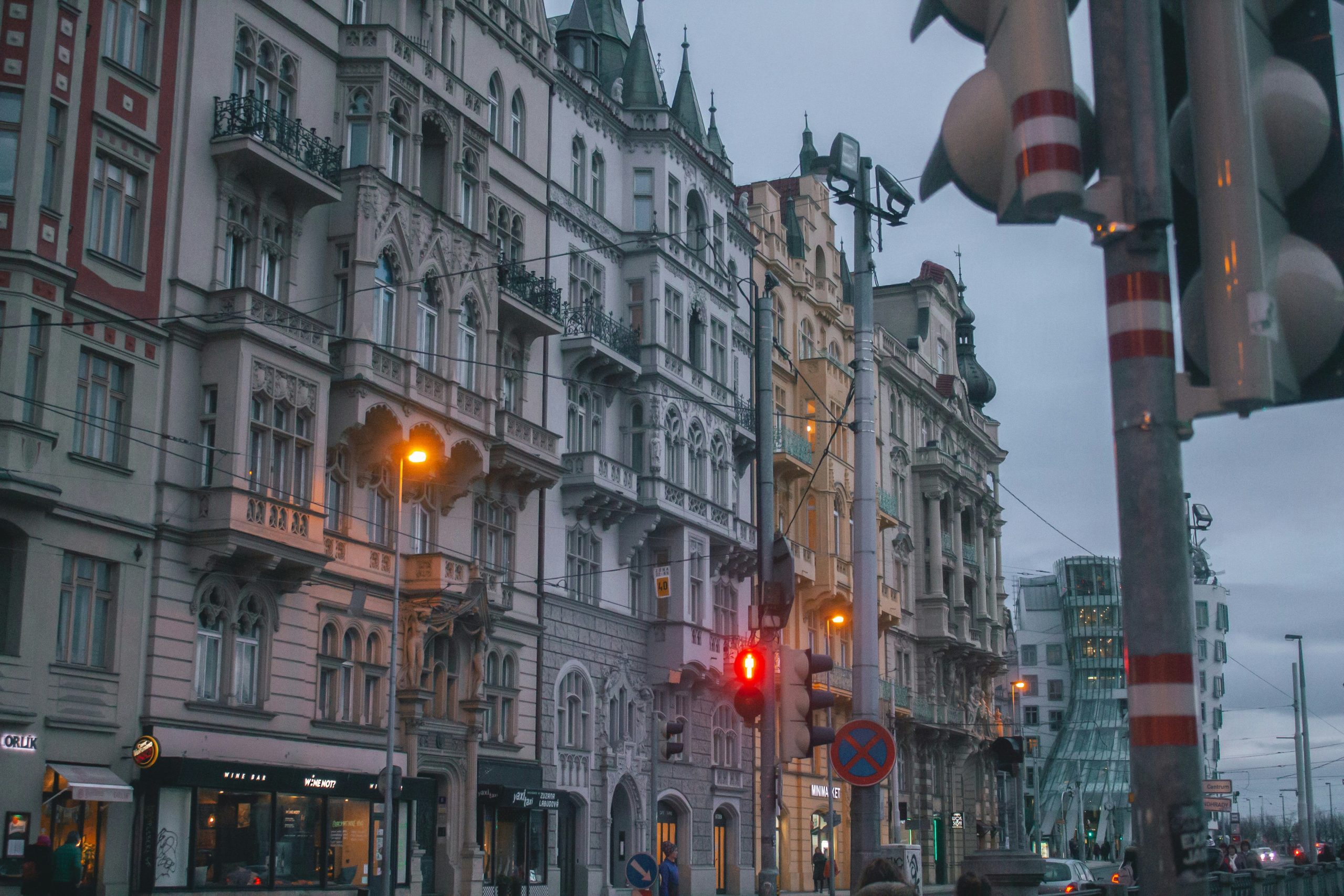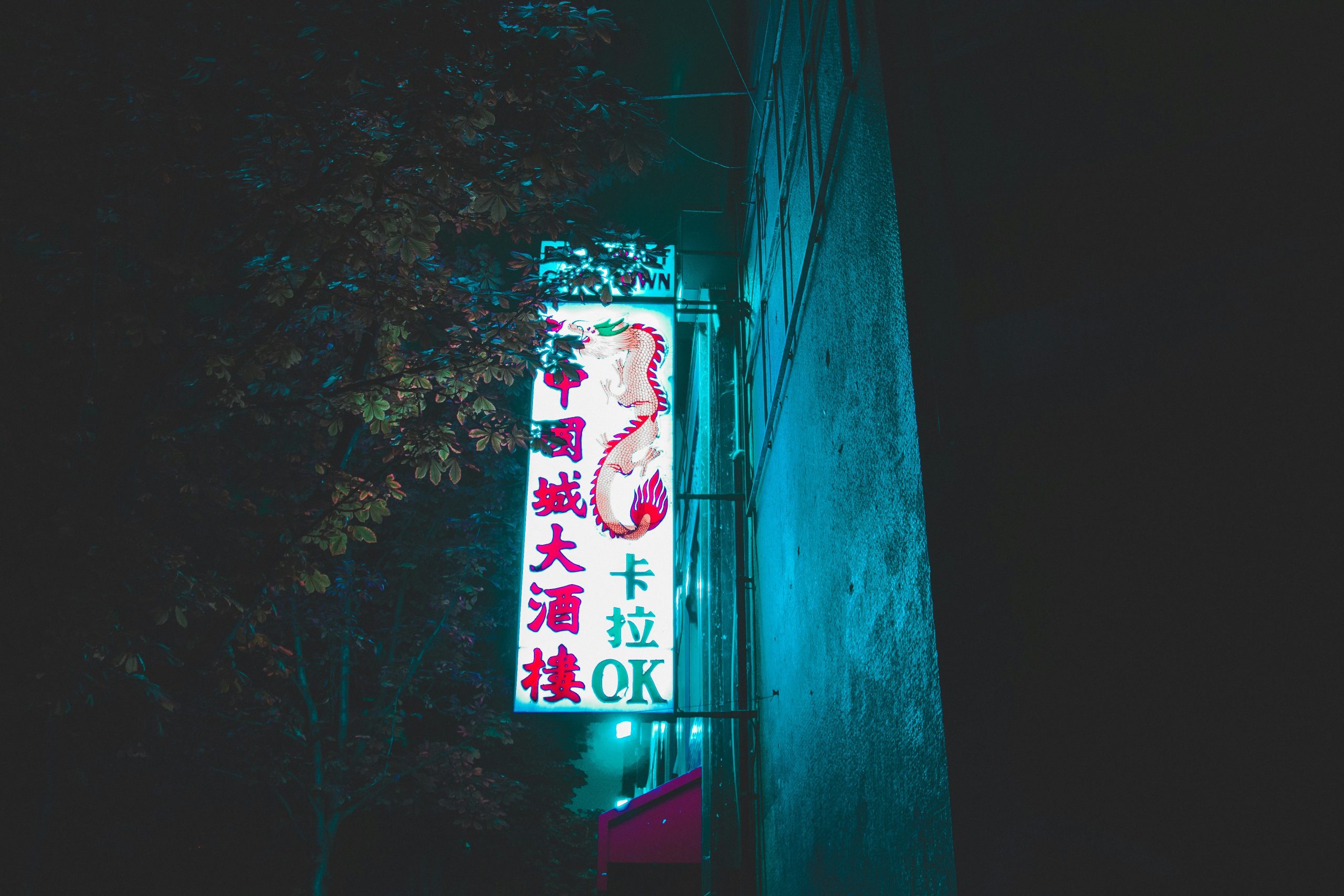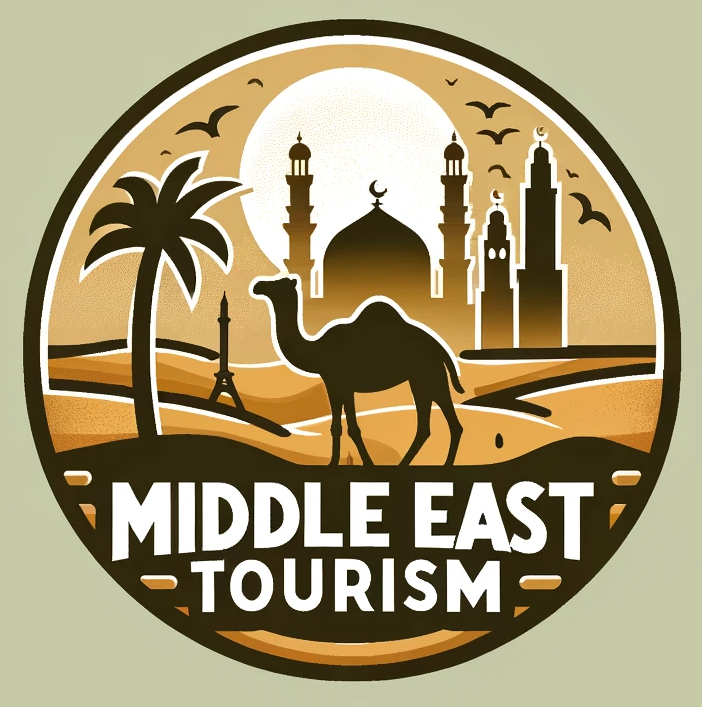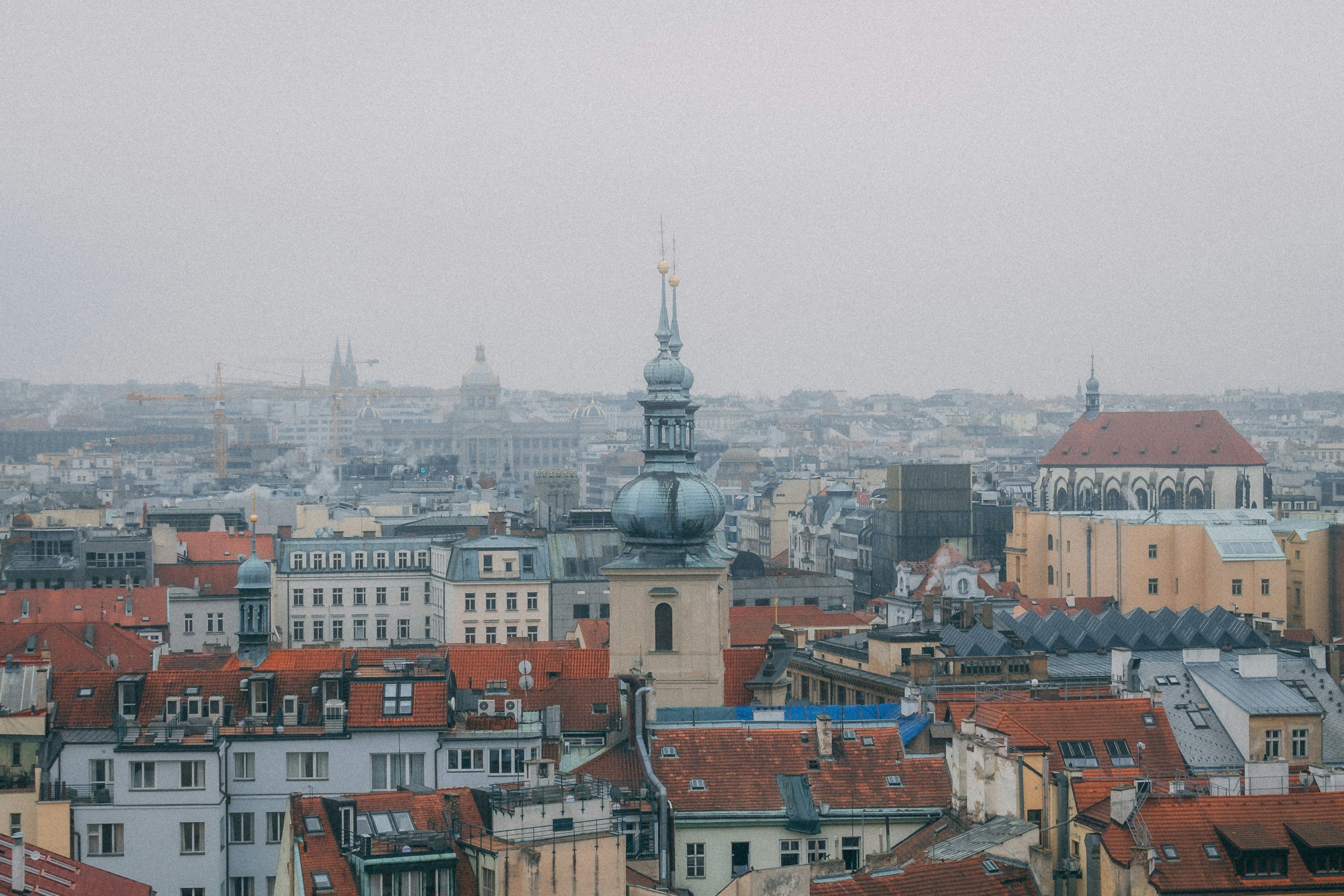“Explore the intriguing world of dark tourism in the Middle East! Delve into the rising trend of visiting historical sites with a haunting past in our latest article. Discover how this unique form of travel is gaining popularity in the region. Are you ready to uncover the secrets of dark tourism in the Middle East?”
Exploring dark tourism in the Middle East

Travel enthusiasts seeking experiences that delve into history’s darker chapters have increasingly turned their attention to the Middle East. Known for its rich cultural heritage, the region offers a unique perspective on the intersection of turbulent pasts and vibrant presents. From ancient battlefields to abandoned settlements, exploring dark tourism in the Middle East is a journey that challenges perceptions and uncovers hidden narratives.
Unearthing Middle Eastern Ghost Towns
One of the most intriguing facets of dark tourism in the Middle East is the exploration of ghost towns and abandoned settlements. Places like the ghost town of Famagusta in Cyprus, once a bustling resort city now frozen in time due to political conflict, offer a haunting glimpse into the past. Travellers can wander through empty streets, abandoned buildings, and decipher the stories left behind by former inhabitants.
Revisiting Ancient Battlefields
For history buffs and those interested in military history, the Middle East boasts a plethora of ancient battlefields that serve as poignant reminders of past conflicts. From the battlefields of Gallipoli in Turkey to the ruins of Persepolis in Iran, exploring dark tourism in the Middle East allows visitors to walk in the footsteps of warriors long gone and reflect on the legacies of war.
Discovering Medieval Forts and Palaces
The Middle East is also home to a myriad of medieval forts and palaces that offer a glimpse into the region’s storied past. Places like Oman, with its well-preserved forts and luxurious resorts, provide a fascinating juxtaposition of ancient architecture and modern comforts. Exploring dark tourism in the Middle East through these architectural wonders allows travellers to immerse themselves in a bygone era of splendour and conquest.
Experiencing Cultural Controversies
Visiting sites that embody cultural controversies is another aspect of dark tourism in the Middle East. From exploring the Arab influence in Spain to delving into the complexities of religious tensions in Jerusalem, travellers can engage with narratives that challenge preconceived notions and foster a deeper understanding of historical events. These experiences offer a nuanced perspective on the region’s complex tapestry of cultures and histories.
As travellers continue to seek immersive and thought-provoking experiences, exploring dark tourism in the Middle East provides a gateway to a world where history, culture, and memory intersect, inviting visitors to engage with the past in a profound and meaningful way.
The impact of political instability on dark tourism

dark tourism, the controversial practice of visiting sites associated with death, tragedy, and suffering, has gained popularity in recent years. However, the impact of political instability on dark tourism destinations cannot be ignored. Political upheavals, travel advisories, economic sanctions, and other risk factors can significantly influence tourists’ decisions to visit these somber sites.
political instability and tourism in egypt
egypt, known for its ancient wonders and rich history, has also experienced periods of political instability in recent years. Following political uprisings and upheavals, egypt’s tourism industry suffered a significant blow. egypt’s tourism revenues fell as potential visitors were deterred by safety concerns and travel advisories. The country’s once-thriving dark tourism sites, such as the pyramids of giza and the valley of the kings, saw a decline in visitors as instability persisted.
impact of political battles on dark tourism sites
political battles can have a direct impact on dark tourism sites. In countries like zimbabwe, where economic sanctions have been imposed due to political reasons, the tourism sector has suffered. the cost of sanctions on zimbabwe’s tourism industry has been significant, leading to a decrease in visitors to dark tourism sites related to the country’s tumultuous past.
geopolitics and tourism: a complex relationship
the relationship between geopolitics and tourism is complex. geopolitical tensions can lead to travel advisories, safety concerns, and a decline in tourist arrivals to dark tourism destinations. Countries like nigeria, thailand, and the caribbean have also experienced fluctuations in tourism due to political instability, impacting the visitor numbers to dark tourism sites in these regions.
in conclusion, political instability can have a profound impact on dark tourism. As tourists weigh the risks associated with visiting somber sites in politically unstable regions, their travel intentions may be influenced by a variety of factors. Understanding the interplay between politics, economics, and tourism is crucial for stakeholders in the dark tourism industry to navigate challenges and opportunities in this unique sector.
The rise of dark tourism sites in the region

Dark tourism, the phenomenon of visiting sites associated with death, tragedy, or suffering, has been on the rise globally. From war zones to abandoned nuclear facilities, dark tourism has captured the interest of adventurers seeking a deeper understanding of humanity’s darker chapters. In the region, this trend is gaining momentum, with several destinations attracting visitors for their somber historical significance.
war-torn landscapes as tourist attractions
The region’s history of conflicts has inadvertently turned former battlefields and war-torn landscapes into dark tourism sites. Countries like Syria, with the ongoing war now in its ninth year, have seen a concerning increase in visitors seeking to witness the impact of the conflict firsthand. Other regions affected by past or ongoing conflicts, such as Gaza border in Israel and post-communist Romania, have also emerged as dark tourism destinations.
nuclear disasters and environmental extremes
The allure of dark tourism extends beyond war-torn areas to sites of environmental catastrophes. Chernobyl, the site of the world’s worst nuclear disaster, has seen a record number of visitors in recent years. Its eerie abandoned buildings and lingering radiation have attracted thrill-seekers and history enthusiasts alike. Antarctica, with its extreme climate and remote location, is also edging toward dark tourism popularity, offering a unique and risky travel experience.
the future of dark tourism in the region
As dark tourism gains mainstream recognition, concerns arise regarding the ethical implications of commercializing tragedy and suffering. While these sites offer valuable insights into historical events and raise awareness about important issues, there is a fine line between respectful remembrance and sensationalism. It is essential for dark tourism operators and visitors to approach these sites with sensitivity and empathy, honoring the legacy of those who have suffered.
In conclusion, the rise of dark tourism sites in the region reflects a growing fascination with the darker aspects of humanity’s past. By balancing the educational value of these sites with ethical considerations, travelers can engage in meaningful exploration while paying tribute to the events and individuals that have shaped our world.



